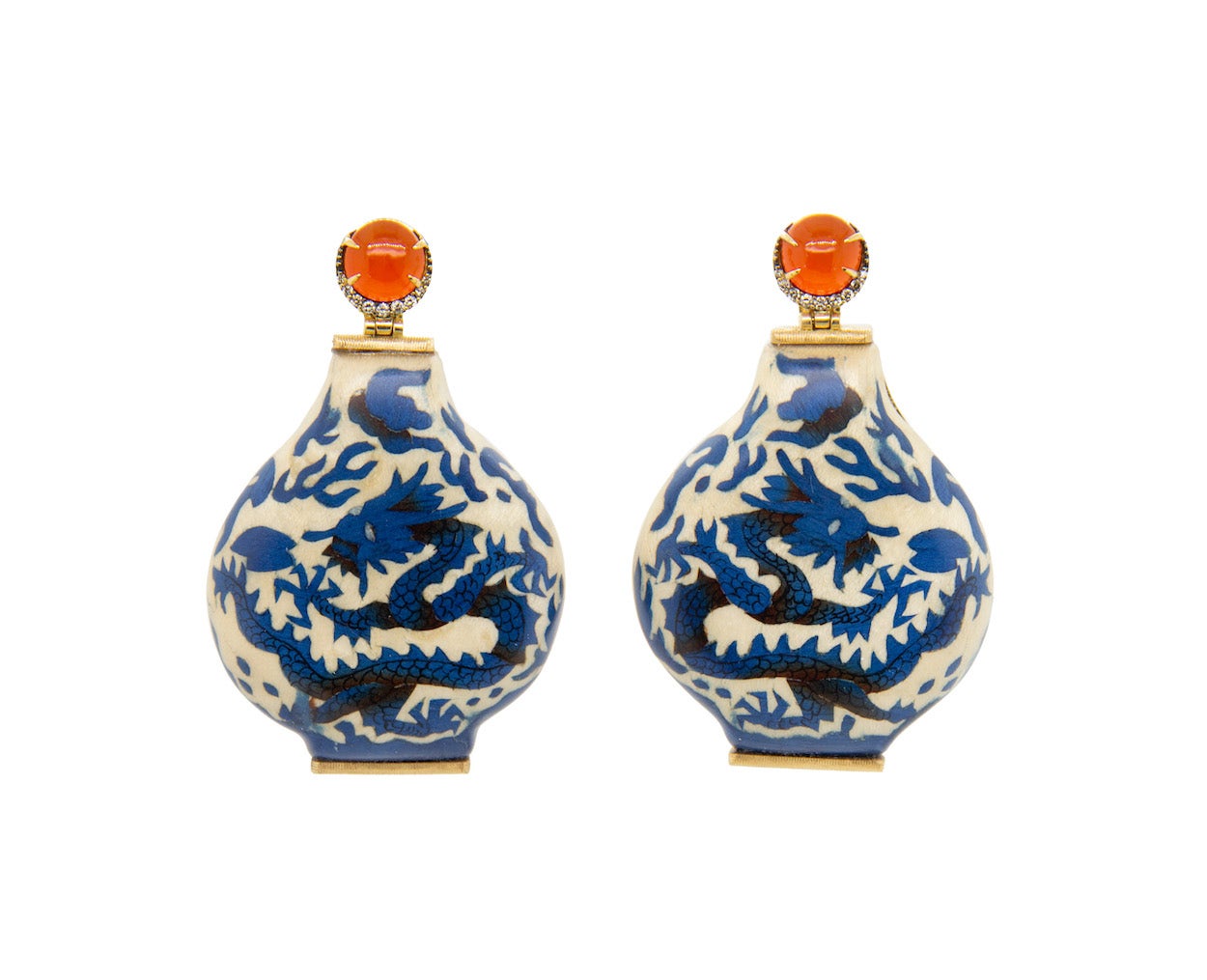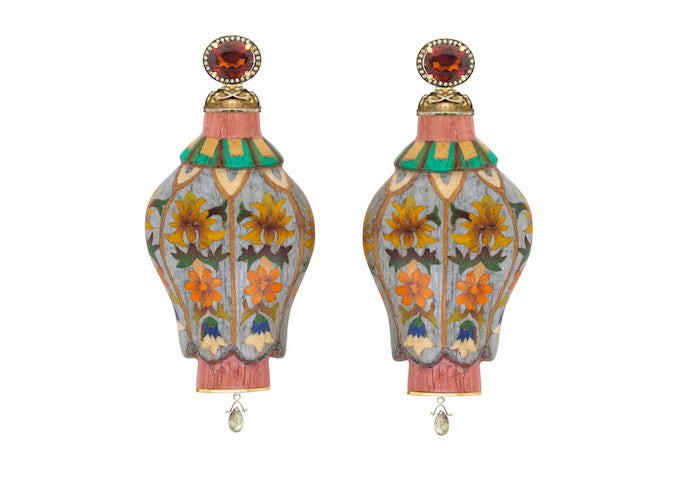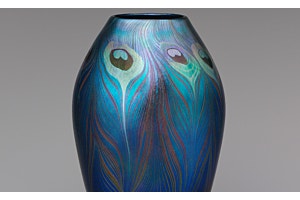
Hailing from a family of goldsmiths, the award-winning Brazilian jeweler Silvia Furmanovich has a natural sensibility for design. Her daring creations repurpose the likes of found vintage lacquer and Japanese netsuke (small figurines that attach to kimonos), and incorporate magnificent materials from the natural world.
Many of these shimmering, sparkling elements are used to elevate masterful marquetry: a sustainable and highly skilled process of pairing indigenous salvaged wood with precious metals, diamonds, and gemstones, for which Brazil is renowned. Extraordinary ornamentation is achieved by carefully carving and fixing these materials in a veneer, which is then applied to the surface of the jewelry. It's a mesmerizing method of embellishment that dates as far back as the Pharaonic times in Egypt. Timeless and imaginative, each of Furmanovich's contemporary marquetry designs yields a work of wearable art.


Furmanovich’s latest line for The Met Store—a continuation of the acclaimed Heirloom Project led by iconic textile and home designer Madeline Weinrib—focuses on intricate marquetry to reinterpret a selection of Chinese snuff bottles in the Museum’s Asian art collection. These small but spectacular vessels of varying shapes, sizes, materials, and motifs were first produced for the emperor and his court in early 18th-century China to preserve the potency of precious, imported snuff: ground tobacco leaves typically inhaled, chewed, or held against the gums. Soon, these exquisite bottles circulated the market and became coveted commodities themselves. Below, we take a closer look at the Qing-dynasty snuff bottles that caught Furmanovich’s eye; and the head-turning, handcrafted jewelry refreshing these art historical treasures.
Marquetry earrings set in 18K gold with diamonds and garnet
Snuff bottles were among the first glass objects forged at the Qing imperial workshops. The technique used to achieve the striking ruby color on this glass vessel, made during the late 18th–early 19th century, can be traced back to ancient Rome; it was later adapted by Chinese artisans working in Guangzhou and Beijing in the early 18th century. In a pair of showstopping earrings, garnet studs and marquetry honor the vivid red detailing on this astounding Museum piece.




Marquetry pendant set in 18K gold with diamonds
This fabulous pendant necklace evokes a cloisonné enamel snuff bottle bearing the Qianlong mark (1736–95) of the Qing dynasty, and depicting stylized cranes under a pine tree.




Marquetry earrings set in 18K gold with diamonds and fire opal
These breathtaking marquetry earrings reference a late 18th–early 19th-century snuff bottle boasting a brilliant blue dragon chasing a flaming pearl—a common motif in Chinese wares. While the wildly popular blue-and-white trend burgeoned in Chinese ceramics during the 14th century, the 18th century likewise witnessed exciting new innovations in the medium. Chinese artisans began to produce molded and carved snuff bottles out of porcelain, designed to imitate other materials such as lacquer, wood, ivory, and, as exemplified here, glass. A coral stopper with golden detailing on the original is reimagined as brilliant fire opal studs enveloped by diamonds.




Marquetry pendant set in 18K gold with diamonds
This stunning pendant necklace celebrates a 19th-century snuff bottle featuring a delightful nature scene including a lush pink flower and a delicate butterfly.




Marquetry earrings set in 18K gold with diamonds, citrine, and sapphire
This Qianlong-period (1736–95) Jingdezhen ware snuff bottle is another example of porcelain made to look like a different material—in this case, painted enamel on metalwork. Located in southeast China, the town of Jingdezhen has been producing ceramics for nearly 2,000 years. Between the 14th and 20th centuries it was the largest creator and distributor of porcelain in the world, which had an astounding impact on ceramic trends from the Middle East to Europe, North and South America. These sumptuous earrings borrow the yellow, orange, and blue flowers adorning the original.




To order, visit The Met Fifth Avenue or call 212-650-2850.



